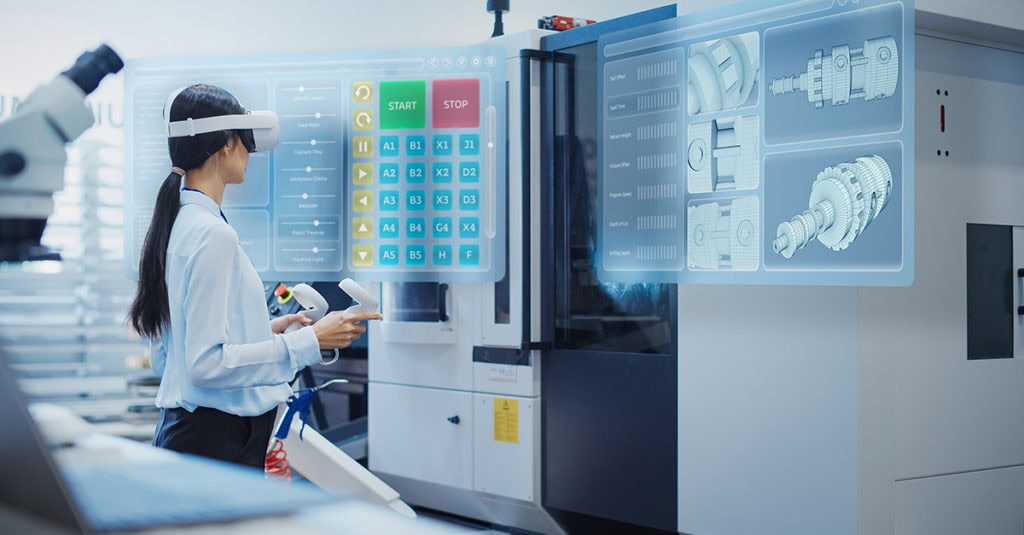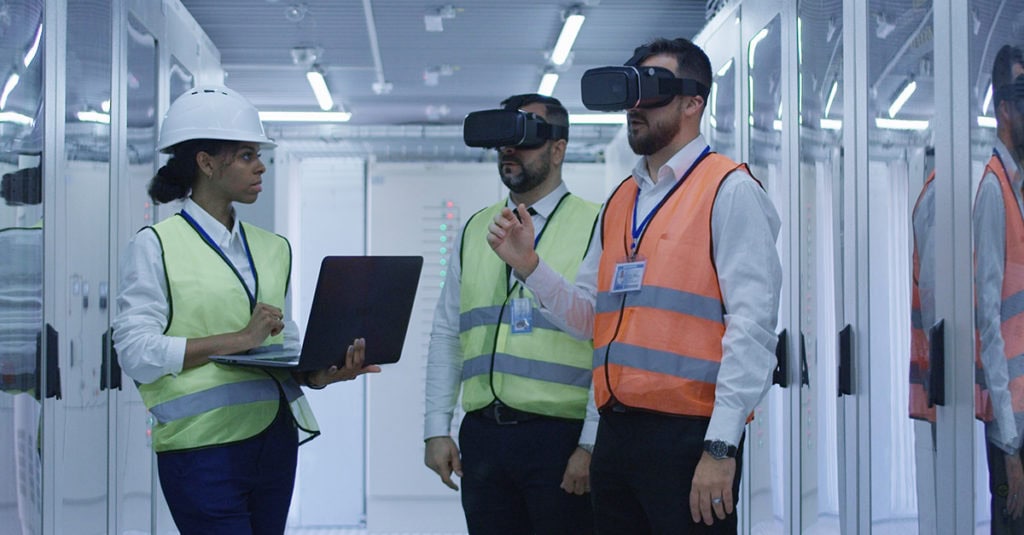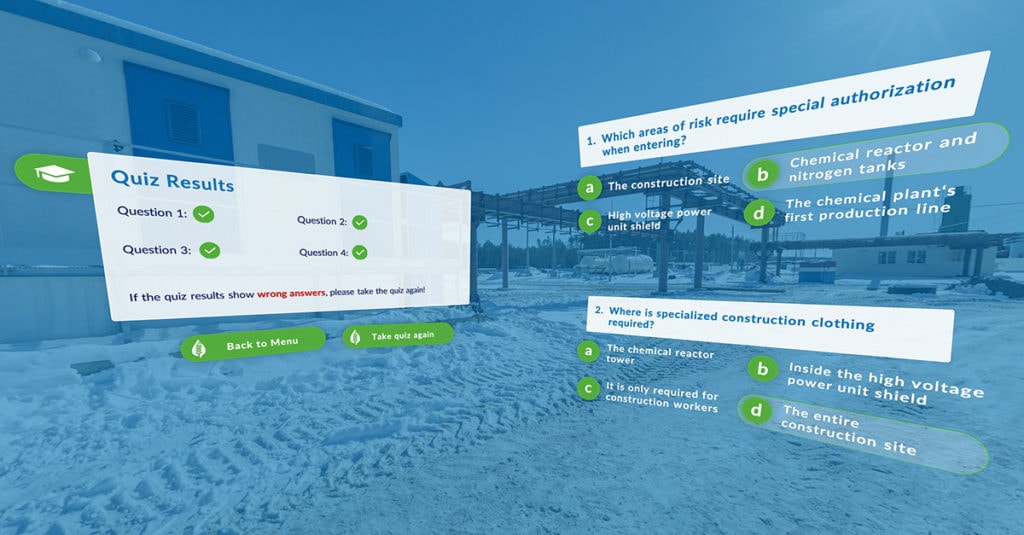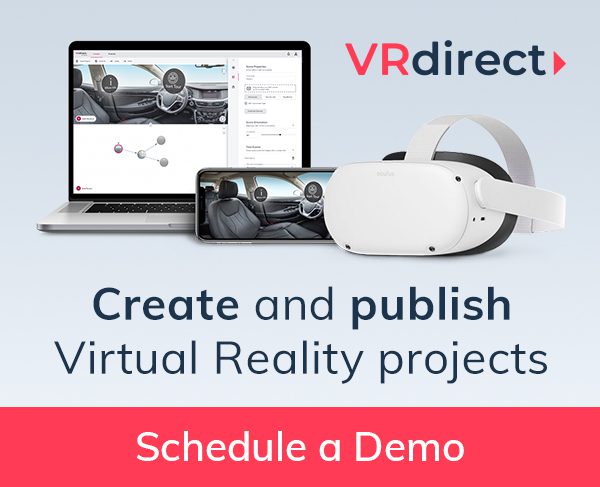Ensuring workplace safety is of the utmost importance. Being able to identify and respond to potential hazards before they turn into serious incidents can make a significant difference in preventing workplace injuries or accidents. Virtual Reality (VR) has the potential to revolutionize the way individuals are trained to navigate and mitigate risks. By using VR technology, employees can be better prepared to handle potential dangers, creating a safer work environment.
Hazard recognition is the process of identifying potential sources of harm in the workplace. These hazards can vary from physical, such as machinery malfunctions, to environmental, such as chemical spills, and even ergonomic risks associated with poor posture over extended periods. To effectively recognize and address hazards, it is crucial to have a detailed understanding of the workplace environment, the tasks performed, and the potential risks associated with them.
New Models of Training
Traditional training methods, although informative, may not always provide the practical, hands-on experience necessary for effective hazard recognition. This is where Virtual Reality offers a revolutionary approach. With its immersive 360-degree environments, VR provides an unparalleled platform for hazard recognition training. By simulating real-world scenarios, learners can experience the nuances of their workplace, complete with potential hazards, in a controlled and safe setting.
The use of VR in training brings two significant advantages for trainees. Firstly, it offers realistic simulations of specific work environments, allowing trainees to become familiar with the layout and potential hazards of their actual workplace even before physically entering the area. Secondly, trainees can interact with the virtual environment, identifying and responding to hazards in real-time, which provides a practical learning experience. This type of interactive hazard identification training makes the learning process more effective and efficient.

Faster More Efficient Training
Higher Knowledge Retention

Flexible Learning
Repeatable Quality

More Engaging Training and High Work Satisfaction
Higher Confidence After Training

Safer Workplace
Implementing VR in Hazard Recognition Training
Integrating VR into safety training programs requires careful planning and consideration of both the technical and human elements. This includes selecting the right VR software and hardware that accurately reflects the work environment, as well as designing training modules that cover relevant hazards.
The VRdirect Studio creates realistic work scenarios for hands-on exercises that identify hazards and enhance learning. The integration of VR into hazard recognition training is a significant advance in workplace safety training. Schedule a demo with us to learn more:





